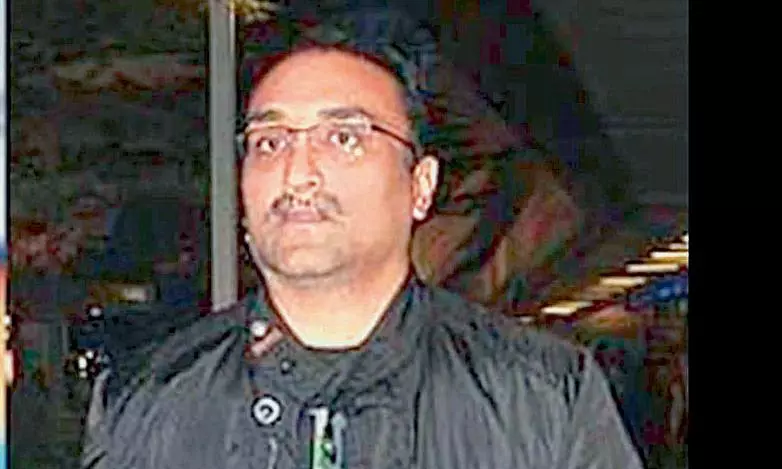Following the recent discovery of numerous Jain sculptures scattered among the bushes and under the trees in the Kankal village in the Vikarabad district of Telangana, archaeologists and heritage enthusiasts are urging the district and village administrations to establish a museum to protect them. Located in the Pudur mandal, these artefacts are believed to date between the 8th and 10th centuries.
As part of the ‘Preserve Heritage for Posterity’ programme, senior archaeologist Dr E Sivanagi Reddy recently documented 50 such sculptures. Along with heritage enthusiasts Chakali Sampath Kamar, S Venkatarami Reddy, and a few villagers, he sensitised the local residents to the historical significance and need to preserve the heritage sculptures for posterity. Pudur mandal, he said, can be considered a Jain centre on par with Chilkur near Hyderabad but has not received its due recognition.
“These beautiful jain sculptures are noticed scattered and in utter neglect here at Kankal village and we appeal to the village and district administration to set up a village museum. The sculptures need to be shifted to a safe place and erected on pedestals with proper labels on the historicity for future generations,” said Dr Reddy, also the chief executive officer (CEO) of Pleach India Foundation.
Several neglected black granite Jain sculptures of Parshwanath and Mahavira, accompanied by Yaksha and Yakshinis, are scattered around the village, beside a masjid, along the roadside, and under a tamarind tree. These broken sculptures urgently require protection due to their significant artistic and historical value.
 The team recovered a colossal Ganesh idol, three Nandi idols, four Shiva lingas, fifteen Nagadevtas, Saptamatrikas, Veerabhadra, ten Veeragals, among others.
The team recovered a colossal Ganesh idol, three Nandi idols, four Shiva lingas, fifteen Nagadevtas, Saptamatrikas, Veerabhadra, ten Veeragals, among others.
A standing Parshwanath statue in Kayotsarga posture is damaged, its head and the serpent king Dharnendra’s hoods broken off. The statue stands on a large pedestal carved with lions, symbolising Vardhamana Mahavira. Based on this, Sivanagi Reddy believes a large, undiscovered Mahavira sculpture may also exist in the village.
The team recovered a colossal Ganesh idol, three Nandi idols, four Shiva lingas, fifteen Nagadevtas, Saptamatrikas, Veerabhadra, ten Veeragals (hero stones engaged in fights), Chandi, Chamundi, and several Jain sculptures amid bushes and under trees. These structures, Dr Reddy said, represent the Badami Chalukya, Rashtrakuta, Kalyani Chalukya and Kakatiya art styles.
Dr Reddy’s Pleach India Foundation has visited over 800 villages in the two Telugu states in the last decade and documented the local history. The aim, he said, is to sensitise the public so that they take care of their heritage.
Discover the Benefits of Our Subscription!
Stay informed with access to our award-winning journalism.
Avoid misinformation with trusted, accurate reporting.
Make smarter decisions with insights that matter.
Choose your subscription package








